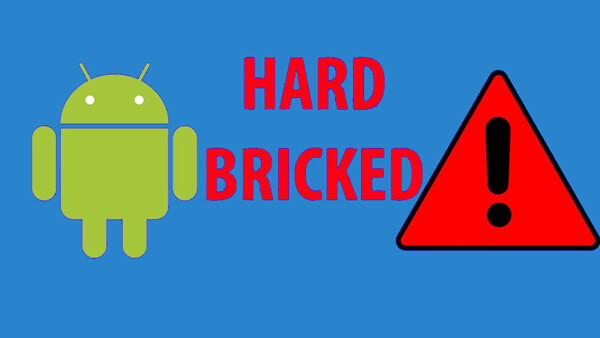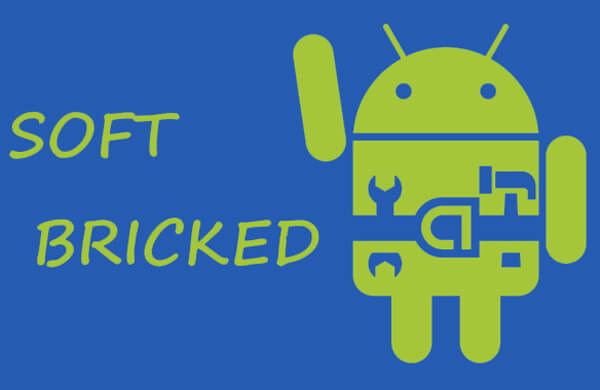When an Android device gets bricked, it's like a paperweight plus scraps of plastic and metal. Are you confident that your device is bricked? Bricking usually happens when you're rooting with a new operating system or, unfortunately, installing malicious software, but the condition is not as challenging as you think.
Knowing If Android Device is Bricked
- The android device gets jammed on the boot loop.
- The device is deactivated to shut down or locked on the vendor logo.
- The Android device gets a black or white screen of death.
- Your android device continuously reboots.
- All other circumstances where your Android phone wouldn't switch on in any form.
Types of Brick
There are two types of brick; the first one is Hard brick, and the other is Soft brick. You can look at the details below and find out which type of bricking fits your Android device.
Hard brick
Hard brick will not allow your Android device to show any signs of life. You don't switch on your Android device, and the vendor logo is no longer shown. It is absolutely a pricey brick. Installation of incorrect firmware or malicious software should be the leading cause which will start with a faulty flashing process.
Soft brick
A soft brick usually occurs when a device fails to boot properly and gets stuck on the boot animation, endless restarts, vendor logo, or shows a black or white screen of death. Some primary causes of soft bricking are flashing bad scripts, installing corrupt or incorrect firmware, trying to root the Android device, or flashing a customized recovery image on an Android device with a locked bootloader. There is no need to get panic as software brick can be recovered quickly.

